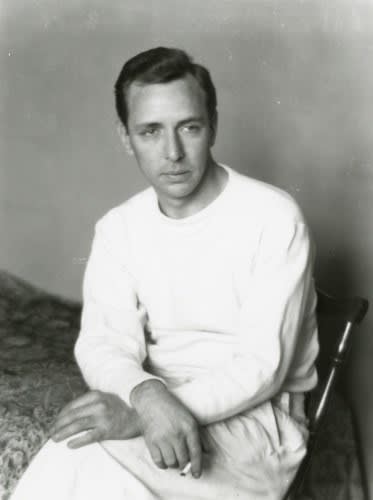Ralston Crawford 1906-1978
My pictures mean exactly what they say, and what they say is said in colors and shapes.
- Ralston Crawford

My pictures mean exactly what they say, and what they say is said in colors and shapes.
- Ralston Crawford
PENNSYLVANIA
100 Chetwynd Drive - Bryn Mawr, PA 19010
(610) 896–0680 | info@averygalleries.com
Monday - Friday, 9:30 am to 4:30 pm, and by appointment
NEW YORK
14 E. 60th Street - Suite 807 (Madison & Fifth Ave), New York
(929) 625-1008 | cheins@averygalleries.com
By appointment only
This website uses cookies
This site uses cookies to help make it more useful to you. Please contact us to find out more about our Cookie Policy.
* denotes required fields
We will process the personal data you have supplied in accordance with our privacy policy (available on request). You can unsubscribe or change your preferences at any time by clicking the link in our emails.